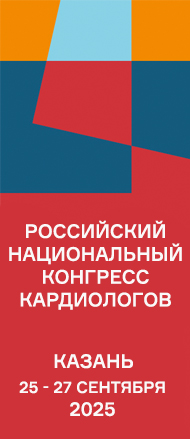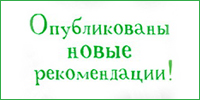Edoxaban prevents VTE better than enoxaparin after total hip arthroplasty
Oral edoxaban showed superior to subcutaneous enoxaparin for the prevention of venous thromboembolism after total hip arthroplasty, according to findings published in Thrombosis Journal.
“In the absence of thromboprophylaxis, 40% to 60% of patients undergoing total hip arthroplasty (THA) or total knee arthroplasty will develop venographic evidence of deep vein thrombosis and approximately 1 in 300 THA patients will experience a fatal pulmonary embolism,” the researchers write. “The morbidity and mortality associated with VTE strongly support primary thromboprophylaxis in THA patients.”
Takeshi Fuji, MD, of the department of orthopedic surgery, Japan Community Healthcare Organization Osaka Hospital, and colleagues enrolled 610 patients aged 20 to 85 years undergoing elective, unilateral primary THA. Participants were allowed to use mechanical physiotherapy, including elastic stockings or intermittent pneumatic compression of the sole of the foot or of the lower legs and thigh.
The phase 3, double blind, double dummy, noninferiority study randomly assigned patients to edoxaban (Savaysa, Daiichi Sankyo) 30 mg once per day (n = 307) or enoxaparin 2,000 IU (equivalent to 20 mg) two times a day (n = 303) for 11 to 14 days. Edoxaban (or edoxaban placebo) was given within 6 to 24 hours of the procedure and once daily each subsequent morning. Enoxaparin (or enoxaparin placebo) injection was administered within 24 to 36 hours of THA and then twice per day starting the following day. Lower limb venography was completed within 24 hours of the end of treatment or the last dose of the study drug.
The incidence rate for VTE was 2.4% in the edoxaban group and 6.9% in the enoxaparin group (P < .001), as determined by venography and clinical surveillance.
“The absolute difference in the incidence of VTE was −4.5% (95% CI, −8.6 to −0.9), which was within the noninferiority margin set at 8% for the difference and established the noninferiority of edoxaban to enoxaparin,” the researchers wrote.
The incidence of major or clinically relevant nonmajor bleeding was 2.6% in patients treated with edoxaban and 3.7% in the enoxaparin treatment group (P = .475).
“The STARS J-V study demonstrated the superiority of oral once-daily edoxaban 30 mg compared with twice-daily subcutaneous injection of enoxaparin 2,000 IU for the prevention of VTE in Japanese patients after THA, without an increased risk of bleeding or [adverse events],” the researchers concluded. “The favorable efficacy-to-safety balance of edoxaban suggests an attractive option for thromboprophylaxis in patients following THA.”
According to the researchers, earlier investigations comparing oral direct factor inhibitors with subcutaneous enoxaparin for thromboprophylaxis after elective hip replacement have demonstrated a decreased VTE risk without an increase in the risk for clinically relevant bleeding, but did not include many Asian patients (0%-6.8%).
“Japanese patients typically have a lower body weight than patients from the United States or the European Union,” Obi and colleagues wrote. “The mean body weight in this study was 57 kg compared with a mean body weight of 78 kg for patients in the phase 3 trial for rivaroxaban in THA, which included primarily white patients (92%). A body weight for males > 57 kg is associated with increased enoxaparin exposure and increased bleeding risk for prophylactic, subcutaneous enoxaparin doses of 40 mg once daily or 30 mg twice daily. Thus, these results are primarily relevant to Japanese patients.” – by Julia Ernst, MS
Disclosure: Fuji reports consulting for Astellas, Bayer, Daiichi Sankyo, GlaxoSmithKline, Kaken and Ono Pharmaceutical Company, serving on the speakers’ bureau for Daiichi Sankyo and receiving royalties from Century Medical and Showa Ikakogyo. Please see the full study for a list of all other authors’ relevant financial disclosures.
Source: www.healio.com






